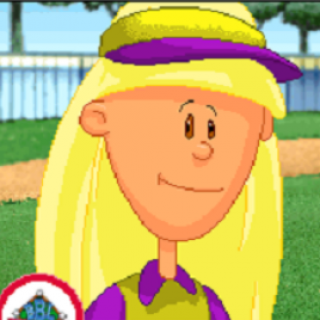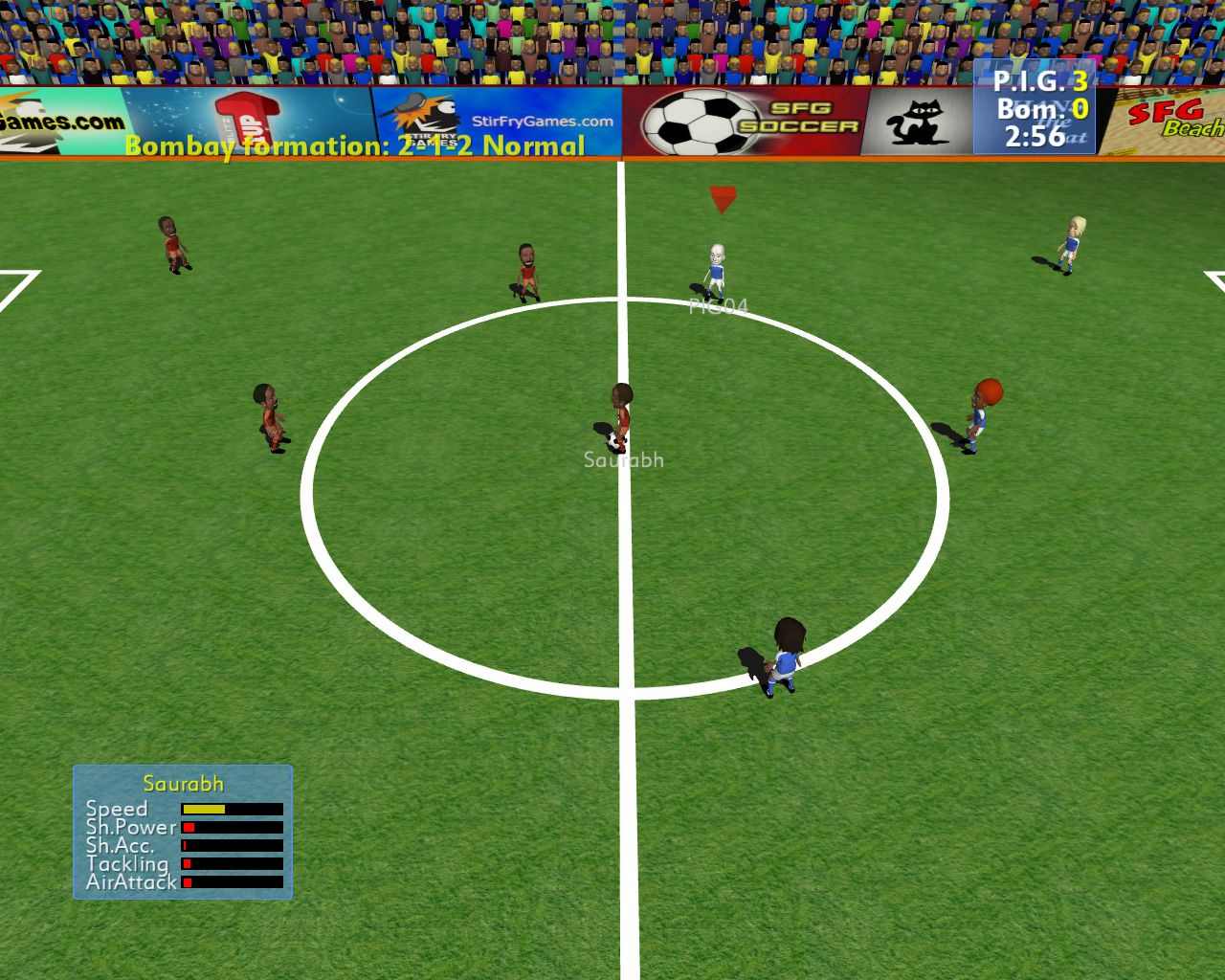
“I never see a kid in Anacostia carrying a soccer ball,” he says as he watches the same Washington tournament with Russ. He even placed soccer balls in his backyard, hoping to spark curiosity in those walking by. He’d convince kids lingering near his practice sessions to join a team. Several years ago, he became a coach at DC Scores, a non-profit group that mixes soccer with art at inner-city schools. As a youth coach, he has spent much of his adult life trying to change perceptions of the game in predominately black DC neighbourhoods such as Anacostia. Mark Lewis came to the US from Jamaica as a teenager, and has always been perplexed at the lack of African American kids playing soccer. The players he coaches today aren’t so fortunate, and his attempts to recruit basketball or football players are declined.įor the first time in more than three decades, the US men’s team did not qualify for the World Cup. Lowery, who is black, grew up in a middle-class part of Washington’s well-to-do northwest quadrant, exposing him to an elite system. “Mentally, the kids aren’t even thinking soccer is accessible.”

You don’t ever see college coaches at high school games. “If you want to play soccer, there’s no path there. “A kid playing basketball and American football can see a chance to play in college, they see a path through,” he says. “To not be allowing non-white kids to develop shows why we aren’t in the World Cup,” says Amir Lowery, a former Major League Soccer player and executive director of Open Goal Project, a DC nonprofit working to provide minorities with more access to high level soccer opportunities, and level the playing field in youth soccer. Mentally, the kids aren’t even thinking soccer is accessible Amir Lowery, former MLS playerĪs a result, millions of children don’t ever try soccer – including some of the country’s best athletes. Even the select few who get scholarships struggle with the logistics of reaching training fields far from public transport routes. Children in poor neighbourhoods in places such as Washington are priced out. Those competitions are often where college coaches find recruits and national scouts identify prospects.

Some parents spend more than $10,000 (£7,420) a year on membership fees and out-of-town tournaments. Many see the roots of this failure in the expensive, well-organised network of pay-to-play suburban leagues. The national team has been unable to develop dynamic, creative players who can compete at an international level. Photograph: DC Scores A failing national teamįor the first time in more than three decades, the US men’s team will not be competing at the World Cup. Inner-city coaches say it’s a struggle to attract African American youngsters. Teenagers watch a game during a soccer tournament in Washington DC.


 0 kommentar(er)
0 kommentar(er)
